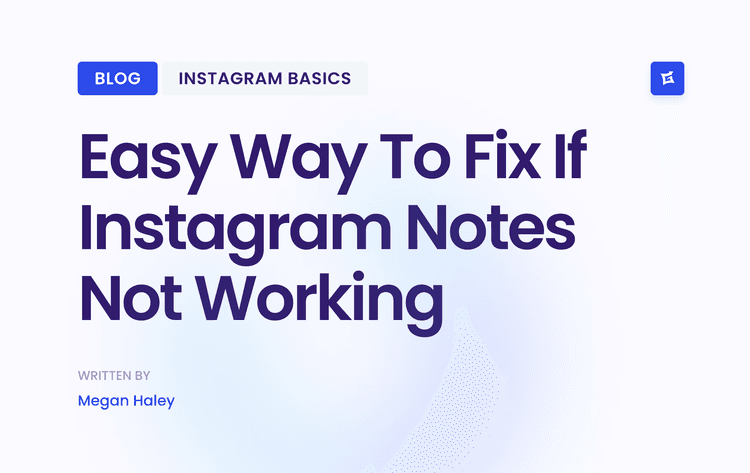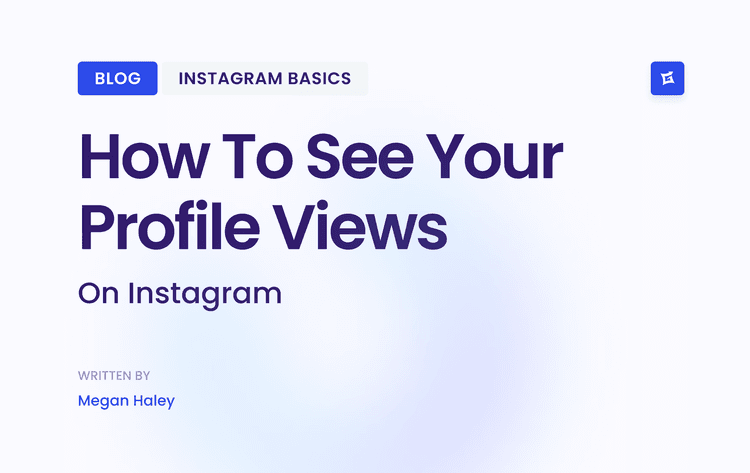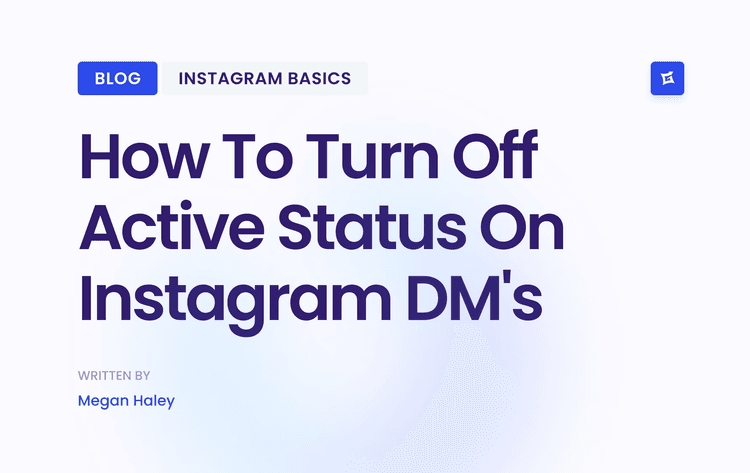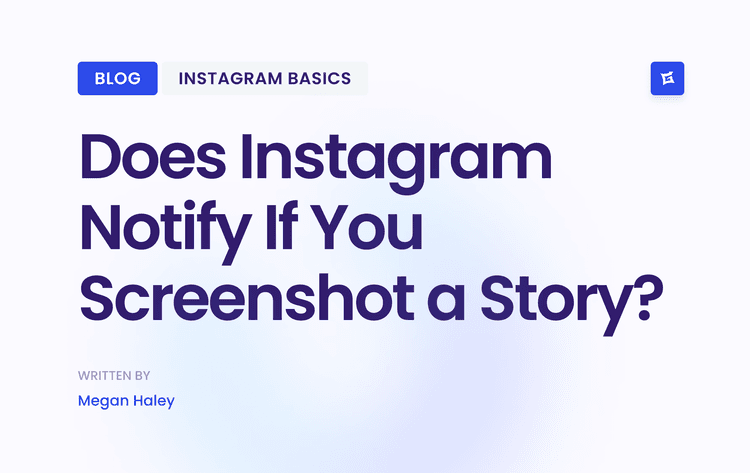Scale-Up Your Social Media Game
1. The 80/20 Content Rule

The 80/20 content rule is a key element of a successful social media strategy. It focuses on giving your audience value before asking for anything in return. Essentially, 80% of your content should inform, educate, or entertain your followers. The other 20% can promote your business, products, or services. This balance helps build trust and create a more engaged audience.
Social media users are wary of constant sales pitches. By focusing on valuable content, you position your brand as a helpful resource and thought leader. This organic approach strengthens your connection with your target audience and encourages genuine interaction.
Features and Benefits
The 80/20 rule stands out due to its emphasis on several key aspects:
Balance: A healthy mix of value-driven and promotional content prevents audience fatigue and encourages real engagement.
Audience-Centricity: Prioritizing your audience's needs over constant brand promotion builds trust and rapport.
Relationship Building: Regularly delivering valuable content creates the foundation for lasting relationships with your followers.
Pros and Cons of the 80/20 Rule
Let's take a look at the advantages and disadvantages of implementing the 80/20 rule:
Pros:
Content Output
Reduced Audience Fatigue – Limiting promotions prevents the audience from feeling overwhelmed.
Brand Perception
Increased Trust and Credibility – Providing valuable content positions the brand as an industry expert.
Audience Engagement:
Higher Engagement Rates – Interesting content leads to more likes, shares, and comments.
Industry Standing
Thought Leadership – Sharing insightful content helps establish the brand as a trusted resource.
Cons:
Content Output
Increased Content Creation Effort – Producing more non-promotional content requires extra planning and resources.
Brand Perception
Delayed Sales Results – A value-driven approach may slow down the sales cycle.
Audience Engagement
Maintaining Balance – Sticking to an 80/20 content ratio can be difficult and requires ongoing monitoring.
Real-World Examples
Many successful brands utilize the 80/20 rule. Here are just a couple:
Starbucks: Shares content about coffee culture, customer stories, and behind-the-scenes looks (80%). Promotions for new drinks and seasonal offers make up the remaining 20%.
HubSpot: Provides tons of free marketing resources, templates, and tools (80%). They promote their marketing platform the other 20% of the time.
Origins and Growth
The 80/20 rule comes from the Pareto Principle in economics. Its use in content marketing has been promoted by industry leaders like HubSpot, the Content Marketing Institute, and influential figures like Gary Vaynerchuk. He advocates a similar idea with his "jab, jab, jab, right hook" analogy. This means offering value (jabs) before going for the sale (right hook).
Implementing the 80/20 Rule: Some Helpful Tips
Content Calendar: Plan your content using a calendar. Marks which posts are value-driven (80%) and which are promotional (20%).
Analyze and Optimize: Track your value-based content's performance to see what resonates with your audience. Adjust your strategy as needed.
Repurpose Content: Get the most out of your educational content. Share it across different social media platforms and in various formats. For instance, turn blog posts into infographics or short videos.
Benefit-Driven Promotion: When promoting your products or services, highlight the benefits they offer your audience. Don't just list features.
The 80/20 rule is crucial for any social media strategy. It helps build a loyal and engaged audience. By giving value and creating genuine connections, you set yourself up for long-term success.
2. Educational Content Pillar
The Educational Content Pillar is a cornerstone of any successful social media strategy. It focuses on providing valuable, informative content that teaches your audience something new. This approach positions your brand as a trusted authority and go-to resource within your niche. It fosters a loyal following and drives organic growth. Instead of constantly pushing promotional material, you offer genuine help and solve audience problems. This builds deeper connections and ultimately translates into increased engagement and conversions.

This pillar's strength lies in its ability to attract a qualified audience genuinely interested in your offerings. By addressing their pain points and sharing your expertise, you draw in potential customers. These are individuals actively seeking solutions and are therefore more likely to convert.
Features of Educational Content
How-to guides and tutorials: Step-by-step instructions empower your audience to learn new skills or solve specific problems.
Industry insights and research: Sharing original research, data-driven analysis, and current trends within your industry.
Explanation videos and infographics: Visually engaging content that simplifies complex topics and makes learning more accessible.
Tips and tricks related to your product or service category: Practical advice that enhances the user experience and demonstrates the value of your offerings.
Pros of an Educational Content Pillar
Builds Brand Authority: Consistently sharing valuable educational content establishes you as a thought leader in your field.
Creates Shareable Content: Informative content is more likely to be shared, expanding your organic reach.
Provides Clear Value: Addresses audience needs and offers practical solutions, fostering loyalty and engagement.
Improved Search Performance: Educational content often aligns with user search intent, improving visibility.
Attracts Qualified Leads: Draws in potential customers actively searching for information related to your niche.
Cons of an Educational Content Pillar
Requires Research & Expertise: Producing high-quality educational content requires in-depth knowledge and thorough research.
Needs Regular Updates: Information can quickly become outdated, requiring ongoing updates and revisions.
Time-Consuming Production: Creating engaging and informative content takes time and effort.
Real-World Examples
Adobe: Creates tutorials and skill-building content for creative professionals using their software.
Canva Design School: Teaches design principles and platform techniques, empowering users to create visually appealing graphics.
Wistia: Offers educational content about video marketing and production, helping businesses leverage video effectively.
Evolution and Popularity
The rise of content and inbound marketing strategies has made the Educational Content Pillar essential. Brands like Moz, with their popular Whiteboard Friday series, pioneered this approach. They demonstrated the power of providing consistent, valuable educational content. Influencers like Neil Patel and educational platforms like HubSpot Academy and Khan Academy further solidified this strategy's effectiveness.
Practical Tips for Implementation
Survey Your Audience: Discover their most pressing questions and tailor your content accordingly.
Create Educational Series: Build upon topics, providing in-depth knowledge over time.
Repurpose Longer Content: Rebuild webinars, blog posts, and other long-form content into bite-sized social media posts.
Use a Variety of Formats: Engage your audience with carousels, short videos, infographics, and other visually appealing formats.
Include Actionable Takeaways: Ensure your audience can easily apply the knowledge they gain.
The Educational Content Pillar deserves a prominent place in any social media strategy. It fosters genuine connections, builds brand authority, and drives organic growth. By focusing on providing value and addressing audience needs, you establish a strong foundation for long-term success.
3. User-Generated Content Pillar
The User-Generated Content (UGC) pillar harnesses the power of your audience. It showcases content created by your customers, followers, and community members. Instead of relying solely on your internal team, you're amplifying the voices of real people who engage with your brand. This builds invaluable social proof and lightens the content creation load. Ultimately, a UGC pillar humanizes your brand and creates more authentic connections.

This pillar includes a variety of content formats:
Customer Testimonials and Reviews: Sharing positive feedback directly from satisfied customers builds trust and credibility.
User Submissions and Contest Entries: Encouraging creative submissions through contests or themed campaigns provides engaging content.
Content Reposts and Brand Mentions: Re-sharing posts where your brand is tagged or mentioned increases organic reach and show customer appreciation.
Customer Success Stories and Case Studies: Highlighting how your product or service has positively impacted customers’ lives creates powerful, resonant narratives.
Co-created Content With Community Members: Collaborating directly with your audience on content development fosters a sense of ownership and strengthens community bonds.
Benefits of a UGC Pillar
Incorporating a UGC pillar offers numerous advantages. Let's take a look at the pros and cons.
Pros:
Authentic Social Proof: UGC offers genuine perspectives that resonate more deeply than polished brand messaging.
Reduced Content Creation Burden: Leveraging audience-created content frees up your team's time and resources.
Increased Community Engagement: Featuring user content makes your audience feel valued and encourages further participation.
Increased Trust: People tend to trust recommendations from their peers more than traditional advertising.
Higher Conversion Rates: Seeing others positively engage with your brand encourages potential customers to take action.
Cons:
Less Control Over Messaging: While you can set guidelines, you won't have complete control over the content created by your audience.
Requires Active Community Management: Monitoring and responding to user-generated content requires dedicated effort.
May Need Incentives: Contests, giveaways, or other incentives can encourage user participation.
Must Establish Clear Usage Rights: Always obtain permission before reposting user-generated content.
Examples of Successful UGC Campaigns
The rise of platforms like Instagram and TikTok, with their emphasis on visual storytelling, has fueled the popularity of UGC. GoPro built its entire social strategy around user-generated content. Other successful examples include Airbnb's #LiveThere campaign, Glossier's use of customer photos and testimonials, and Apple's #ShotOniPhone campaign. Brands like Daniel Wellington, Adobe (through their Creative Cloud community), the LEGO Ideas platform, and Buffer's user spotlight program have further popularized UGC. Check out our article about Working with Influencers for further strategies.
Tips for Implementing a UGC Pillar
Here are a few tips to help you effectively implement a UGC pillar:
Create Branded Hashtags: This allows you to easily track and find user-generated content.
Always Obtain Permission: Respect your audience's ownership of their creations.
Feature Diverse Users: Showcasing a variety of perspectives makes your content more relatable.
Provide Clear Guidelines: Setting clear expectations ensures the content aligns with your brand.
Consider Incentives: Rewards can motivate your audience to create and share content.
The User-Generated Content pillar is crucial for any social media strategy. By harnessing the power of your community, you can build trust, foster authentic connections, and achieve greater organic reach, driving stronger results for your brand.
4. Behind-The-Scenes Content Pillar
The Behind-The-Scenes content pillar gives your audience a VIP pass to the inner workings of your company. By showcasing your culture, processes, and the people who drive your brand, you build trust and create deeper connections. This pillar emphasizes transparency and authenticity, humanizing your brand and setting you apart from competitors who may rely on overly polished marketing.

Features of Behind-The-Scenes Content
Office tours and workspace showcases: Offer a glimpse into your daily environment.
Team member introductions and interviews: Put faces to names and highlight the personalities within your team.
Production and manufacturing process reveals: Show how your products are made, emphasizing quality and craftsmanship.
Event preparation and planning content: Give a sneak peek into the hard work behind your events.
Product development journey documentation: Share the evolution of your products from initial concept to final creation.
Pros of Behind-The-Scenes Content
Builds emotional connection with audience: Humanizing your brand fosters relatability and increases trust.
Differentiates from competitors through personality: Showcasing your unique company culture helps you stand out.
Creates transparency and authenticity: Builds confidence and credibility with your customers.
Shows company values in action: Reinforces your brand's mission and core principles.
Often requires less production value, allowing for authentic content: Raw, unpolished content can often be more engaging.
Cons of Behind-The-Scenes Content
Requires balancing transparency with appropriate privacy: Consider what information to share publicly.
May not appeal to all customer segments equally: Ensure your content reconnects with your target audience.
Can be challenging for remote or distributed teams: Coordinating content creation may require extra effort.
Needs clear guidelines about what can be shared: Establish internal protocols to prevent issues.
Real-World Examples of Behind-The-Scenes Content
Warby Parker: Effectively uses behind-the-scenes content to showcase the craftsmanship of its glasses.
Patagonia: Their documentaries on sustainable manufacturing have built significant brand loyalty.
Mailchimp: Regularly shares glimpses into their vibrant employee culture and team events.
SpaceX: Launch preparation footage provides a captivating view of their complex operations.
Tips for Implementing Behind-The-Scenes Content
Use employee takeovers to show different perspectives: Offer a variety of insights into your company culture.
Share 'day in the life' content featuring various roles: Highlight the diversity of roles within your organization.
Document product journeys from concept to creation: Engage your audience in the development process.
Balance polished and raw, authentic content: Find a happy medium between professional and relatable material.
Create recurring series (e.g., 'Meet the Team Monday'): Build consistent engagement opportunities.
Evolution and Popularity of Behind-The-Scenes Content
Companies like Buffer paved the way for transparent company culture sharing. Glossier's open approach to product development, and Letterfolk's documentation of their small business journey, also contributed to the popularity of this content pillar. Documentary-style content, popularized by brands like Patagonia, demonstrates the power of behind-the-scenes storytelling. Check out our article about Gainsty for more information on effective social media strategies.
This content pillar is invaluable for building genuine connections with audiences. By offering an authentic look behind the curtain, you can foster trust, differentiate your brand, and create a loyal following that values transparency and connection.
5. Entertainment Content Pillar
The Entertainment Content Pillar focuses on captivating and delighting your audience. It's not about directly pushing products or services. Instead, it's about building a strong brand personality and fostering genuine connections. Humor, storytelling, and emotional resonance are key. Social media thrives on entertainment and connection. By embracing this, brands can cut through the clutter and foster deeper engagement. It's a powerful tool for building brand affinity and expanding reach, deserving a place in any social media strategy.
This pillar relies on inherently shareable and engaging content. Some examples include:
Humorous or meme-based content: Think viral trends and relatable jokes.
Inspiring or emotionally resonant stories: Content that evokes emotion and motivates.
Entertaining video series or challenges: Short, engaging content designed for platforms like TikTok and Instagram Reels.
Pop culture references and trends: Leveraging current events and popular topics to stay relevant.
Interactive games or quizzes: Boosting engagement through audience participation.
The Entertainment Content Pillar offers significant benefits:
Pros: Drives higher engagement and sharing, helps content overcome algorithm barriers, creates positive brand associations, attracts a wider audience beyond current customers, and is ideal for platforms like TikTok, Instagram, and Twitter.
However, there are potential downsides to consider:
Cons: May not directly drive conversions, requires creativity and cultural awareness, can be ineffective if not aligned with brand voice, and requires consistent updating to stay relevant.
Examples of the Entertainment Content Pillar in Action
The rise of this pillar can be attributed to brands like Netflix, Aviation Gin, MoonPie, and Ryanair. They’ve successfully used humor and engaging narratives to build massive followings. Netflix's meme-heavy accounts, Aviation Gin's Ryan Reynolds-influenced humor, MoonPie's quirky Twitter persona, and Ryanair's self-deprecating TikTok content demonstrate entertainment's power in social media marketing. These brands have shown how consistent voice and creative content cultivate loyal and engaged audiences. Duolingo, Wendy's, Spotify, and Old Spice further exemplify diverse approaches, using topical humor, witty tweets, humorous campaigns, and absurdist humor, respectively.
Tips for Implementation
Stay true to your brand voice: Maintain brand personality even while entertaining.
Create a distinctive character or recurring themes: This builds recognition and anticipation.
Monitor trends, but be selective: Not every trend suits every brand. Choose wisely.
Test different entertainment styles: Experiment to find what resonates with your audience.
Balance entertainment with other content pillars: Incorporate informative, educational, or promotional content.
Consider using resources like Social Media Caption Ideas for inspiration.
By understanding the Entertainment Content Pillar's nuances and applying these tips, brands, and creators can harness entertainment's power to strengthen their social media presence and forge deeper audience connections.
6. Community Engagement Pillar
The Community Engagement pillar is crucial for cultivating a loyal and thriving audience on social media. It goes beyond simply posting content and instead focuses on nurturing two-way conversations and authentic connections. By encouraging active participation, this pillar transforms passive followers into active community members deeply invested in your brand and its message.
This approach revolves around interactive content that prompts responses, feedback, and shared experiences. Think polls and questions, social media challenges, live Q&A sessions, community spotlights, and discussions centered around shared interests or values.
Features and Benefits
Polls and Questions: These are quick, simple methods for gauging audience opinion and sparking conversation.
Social Media Challenges: Encourage user-generated content and brand participation.
Live Sessions with Q&As: Offer real-time interaction and personalized engagement with your audience.
Community Spotlights and Features: Showcase your audience members, building loyalty and appreciation.
Conversations around Shared Interests/Values: Foster a sense of belonging and shared identity within your community.
Pros of Community Engagement
Valuable Audience Insights: Gain direct feedback and a deeper understanding of your audience's needs and preferences.
Increased Algorithm Visibility: High engagement signals relevance to platforms like Facebook and Instagram, boosting organic reach.
Strong Community Bonds & Loyalty: Creating a sense of belonging and connection leads to increased customer retention.
Content Idea Generation: Direct feedback and community discussions provide valuable insights for future content creation.
User Investment in the Brand: Active participation encourages a deeper emotional connection with your brand.
Cons of Community Engagement
Active Moderation & Management: This requires dedicated time and resources to respond to comments, manage discussions, and address negative interactions.
Dependence on Audience Participation: Success relies on the willingness of your audience to engage with your content and each other.
Unpredictability: The spontaneous nature of community interaction can make it harder to plan compared to other content strategies.
Negative Engagement: A thoughtful response strategy is required to handle criticism, complaints, and trolls.
Real-World Examples of Successful Community Engagement
Fenty Beauty: Makeup challenges and community features showcase user creativity and build excitement around the brand.
Peloton: Instructor-led community-building efforts foster a sense of camaraderie and shared fitness goals.
REI: The #OptOutside movement unites their community around shared values of outdoor adventure and environmental consciousness.
Sephora: The Beauty Insider community provides exclusive content, rewards, and a platform for beauty enthusiasts to connect.
Evolution and Popularization of Community Engagement
Brands like Gymshark, Glossier, and Lush pioneered the community-focused approach, demonstrating the power of building genuine relationships with their audiences. Gymshark's fitness community, Glossier's customer-first philosophy, and Lush's engagement with ethical activism have all inspired countless brands to prioritize community building. Notion's template-sharing community also demonstrates the power of enabling users to contribute and connect.
Tips for Implementing Community Engagement
Respond Promptly: Show your audience you value their input by replying to comments and messages quickly.
Recurring Engagement Opportunities: Create regular features like weekly threads, monthly challenges, or recurring live sessions to maintain consistent interaction.
Ask Thoughtful Questions: Avoid generic questions. Instead, pose specific, engaging questions that encourage more thoughtful responses.
Utilize Platform-Specific Features: Leverage Instagram Story question stickers, Twitter polls, and other interactive features to maximize engagement.
Acknowledge and Feature Participants: Show appreciation by highlighting community members and their contributions.
By prioritizing the Community Engagement pillar, you can cultivate a thriving online community that increases brand loyalty, provides valuable insights, and fuels organic growth. It takes dedication and a genuine commitment to two-way communication, but the rewards are worth the investment.
7. Thought Leadership Pillar
The Thought Leadership pillar is crucial for establishing your brand as a trusted authority in your industry. Unlike content focused on entertainment or product promotion, this pillar emphasizes expertise and forward-thinking perspectives. It involves sharing valuable insights, unique opinions, and in-depth analyses that position your brand as a go-to source of information and an innovator. This approach attracts an audience actively seeking knowledge and solutions.
What distinguishes a thought leadership pillar?
Industry Trend Analysis and Predictions: This goes beyond simply reporting current trends. It involves analyzing their potential impact and forecasting future developments.
Original Research and Data Reporting: Conducting your studies or surveys provides unique insights and data-backed evidence for your claims.
Expert Interviews and Panels: Featuring conversations with recognized experts brings diverse perspectives and credibility to your content.
Opinion Pieces on Industry Developments: Sharing your unique take on recent events or emerging trends demonstrates your understanding and critical thinking.
Innovative Approaches to Common Challenges: Offering fresh solutions and alternative strategies to address industry-wide problems shows true leadership.
Why is thought leadership important?
A strong thought leadership pillar offers substantial benefits:
Brand Authority: Sharing insightful content consistently builds credibility and positions your brand as a trusted source.
High-Quality Partnerships: Businesses and influencers are more likely to collaborate with brands perceived as thought leaders.
Attracting a Discerning Audience: Individuals seeking in-depth knowledge and innovative solutions are drawn to this type of content.
Shareable Content: Insightful, data-driven content gets shared, expanding your reach and brand awareness.
Differentiation: In a competitive market, thought leadership sets your brand apart by showcasing your unique perspective.
However, building a thought leadership pillar presents challenges:
Genuine Expertise: Simply rehashing common knowledge isn't enough. You need to offer genuinely fresh insights.
Time Investment: Thorough research and analysis are essential for producing high-quality content.
Staying Relevant: The business world constantly evolves. Staying up-to-date and adapting your content is crucial.
Targeted Appeal: While highly valuable to some, thought leadership content may not engage audiences seeking pure entertainment.
Real-World Examples:
LinkedIn's Economic Graph research content: LinkedIn uses its data to analyze workforce trends and provide valuable insights.
McKinsey & Company's analytical reports and insights: McKinsey offers in-depth analysis of various industries and business challenges.
Adobe's Digital Trends Annual Reports: These reports provide insights into the evolving digital landscape and future marketing and technology trends.
HubSpot's State of Marketing reports: These annual reports analyze marketing trends and offer data-backed insights.
Evolution and Popularization:
Thought leadership has existed for decades, but its visibility on social media has grown significantly. Companies like Salesforce (with their Futures Lab) and IBM (through research publications) have demonstrated their power to build brand authority. Individuals like Seth Godin, with his distinct marketing philosophy, have also played a key role.
Tips for Implementing a Thought Leadership Pillar:
New Insights: Don't rehash existing information. Conduct thorough research and offer fresh perspectives.
Data and Research: Support your opinions with credible data and evidence to build trust.
Distinctive Point of View: A unique perspective helps you stand out and attract a loyal following.
Expert Collaboration: Partnering with other thought leaders expands your reach and adds credibility.
Content Series: Breaking complex topics into digestible content makes it more accessible.
The Thought Leadership pillar is essential for any brand to establish true authority. Sharing valuable insights and forward-thinking perspectives builds trust, attracts a loyal following, and positions you as a leader in your field.
8. Product/Service Showcase Pillar
This pillar is the cornerstone of demonstrating your product or service's value. Instead of traditional, often intrusive advertising, the Product/Service Showcase Pillar highlights the benefits and solutions your offerings provide within the context of customer needs. It's about showing, not telling, how you improve their lives. This approach builds trust, drives conversions, and boosts your bottom line. It's essential for any brand serious about leveraging social media for growth.
Features of Effective Showcase Content:
Product demonstrations and tutorials: Walkthroughs guiding users on effectively utilizing your product or service.
Feature highlights and explanations: Focus on the why behind the feature and its impact on the user experience, not just the what.
Customer testimonials and success stories: Authentic stories from satisfied customers build credibility and offer powerful social proof.
Creative use cases and applications: Thinking outside the box to showcase your product's versatility and inspire potential customers.
Comparison content showcasing differentiation: Highlight your unique selling propositions and how you stand out from competitors.
Pros:
Drives conversions and sales: Demonstrating value encourages potential customers to purchase.
Educates potential customers: It answers the critical question: "What's in it for me?"
Removes purchase barriers: Proactively addressing concerns builds confidence and streamlines the buying process.
Showcases product innovation and quality: High-quality content positions your brand as a leader.
Addresses specific customer pain points: Targeting specific needs creates highly effective messaging.
Cons:
Potential for over-promotion: Balance showcasing with providing genuine value.
Needs to evolve: Focus on the renewing your product offers, not just its features.
Requires regular updates: Keep content fresh and relevant for sustained engagement.
Limited appeal to non-customers: Tailoring content to different audience segments can help.
Examples in Action:
Apple's product videos: Showcase devices seamlessly integrated into everyday life, emphasizing user experience.
Dyson's engineering-focused videos: Highlight innovative technology, appealing to a tech-savvy audience.
IKEA's room showcases on Instagram: Inspire interior design ideas and demonstrate the practicality and aesthetics of their furniture.
Notion's template showcase videos: Illustrate the platform's versatility through practical examples.
Tips for Implementation:
Focus on benefits and results: Explain how your product improves lives or solves problems.
Show products in authentic use contexts: Create relatable scenarios that resonate with your target audience.
Address common pain points: Position your offering as the solution to specific challenges.
Use customer language: Clear and concise communication is crucial for effective messaging.
Create timely content: Leverage trending topics to increase visibility and relevance.
Evolution and Popularization:
Brands like Apple, with their minimalist product demonstrations, paved the way. Dollar Shave Club's humorous approach and Glossier's before-and-after demonstrations further cemented its effectiveness. Shopify's focus on merchant success stories showcases the power of user-generated content. This shift from traditional advertising towards value-driven content has resonated with consumers, leading to widespread adoption.
This pillar isn't just about showcasing your product; it’s about building a community, showcasing value, and driving tangible business results. It's crucial for any brand seeking to leverage the power of social media.
8 Social Media Content Pillars Comparison
The 80/20 Content Rule requires a medium level of complexity as it demands a careful balance. It needs a moderate level of resources since 80% of the content must provide value, leading to increased engagement, trust, and credibility. It is ideal for relationship-building and lifestyle brands, reducing audience fatigue and enhancing credibility.
Educational Content Pillar is highly complex, requiring extensive research and topic expertise. It demands significant resources, including expert input and continuous updates. This approach helps establish authority, improve shareability, and boost SEO. It is best suited for brands focusing on industry education, as it enhances expert positioning and improves lead quality.
User-generated content Pillar varies in complexity from low to medium, depending on community activity. It requires minimal resources by leveraging user content with moderate moderation. This method generates authentic social proof and increases engagement, making it suitable for community-driven brands. It enhances trust by incorporating real voices.
Behind-the-Scenes Content Pillar has medium complexity as it involves planning for internal insights. It requires minimal resources, using real-life footage with low production value. This strategy fosters emotional connections and brand transparency. It works well for brands aiming to humanize their story, providing authenticity and a distinct brand personality.
Entertainment Content Pillar is highly complex due to the need for creative execution and cultural insight. It requires a medium level of resources for creative efforts and trend monitoring. This strategy boosts engagement and reach and makes it perfect for brands targeting broad audiences. It creates a fun and relatable brand image.
Community Engagement Pillar has medium complexity, requiring interactive and responsive processes. It needs moderate resources for ongoing community management. This approach builds strong audience bonds and loyalty. It is ideal for brands to foster two-way conversations and strengthen engagement while nurturing community relationships.
Thought Leadership Pillar is highly complex, requiring deep research and original insights. It demands significant investment in expert content creation. This strategy helps establish industry authority and opens partnership opportunities. It is best suited for B2B firms and industry experts, differentiating brands through expertise and unique insights.
Product/Service Showcase Pillar has medium complexity, relying on creative product demonstrations. It requires moderate resources for regular updates and high-quality production. This strategy drives direct conversions and highlights product benefits, making it ideal for sales-driven and innovation-focused brands. It demonstrates clear value and effectively addresses customer pain points.
Building a Thriving Social Media Account
By strategically incorporating the eight social media content pillars, you can create a dynamic and engaging online brand. These pillars include the 80/20 rule, educational content, user-generated content, behind-the-scenes glimpses, entertainment, community engagement, thought leadership, and product/service showcasing. They work together to build a loyal community, resonate with your target audience, and drive meaningful results. Remember, the key is to adapt these pillars to your specific business needs and audience preferences.
Analyzing performance is crucial. Consistently track your metrics to understand what resonates with your audience. This data-driven approach allows you to refine your content strategy and optimize for maximum impact.
Staying ahead of the curve is essential in the ever-evolving social media landscape. Keep an eye on emerging trends, algorithm changes, and new platform features. Be flexible and willing to adapt your strategies to stay relevant and maintain a competitive edge.
Experimenting With Content
Experiment with different content formats, explore new platforms and don't be afraid to try something new. The social media world rewards innovation and adaptability.
Key Takeaways:
Diversify your content: Use the eight pillars to create a well-rounded content strategy.
Tailor your approach: Adapt the pillars to resonate with your target audience.
Analyze and optimize: Track your performance and refine your strategy based on data.
Stay adaptable: Evolve with the changing social media landscape and embrace new trends.
Ready to rebuild your social media followers and achieve organic growth without the risks of bots or fake followers? Gainsty, the AI-powered social assistant, is your solution. We leverage Instagram experts and advanced AI to tailor growth strategies specifically for your industry and niche, from influencers to real estate professionals.
With a quick setup, 24/7 support, comprehensive targeting, in-depth analytics, and dedicated account management, you'll see a significant increase in followers and engagement quickly. Take your Instagram to the next level – start your journey with Gainsty today! Get started with Gainsty!

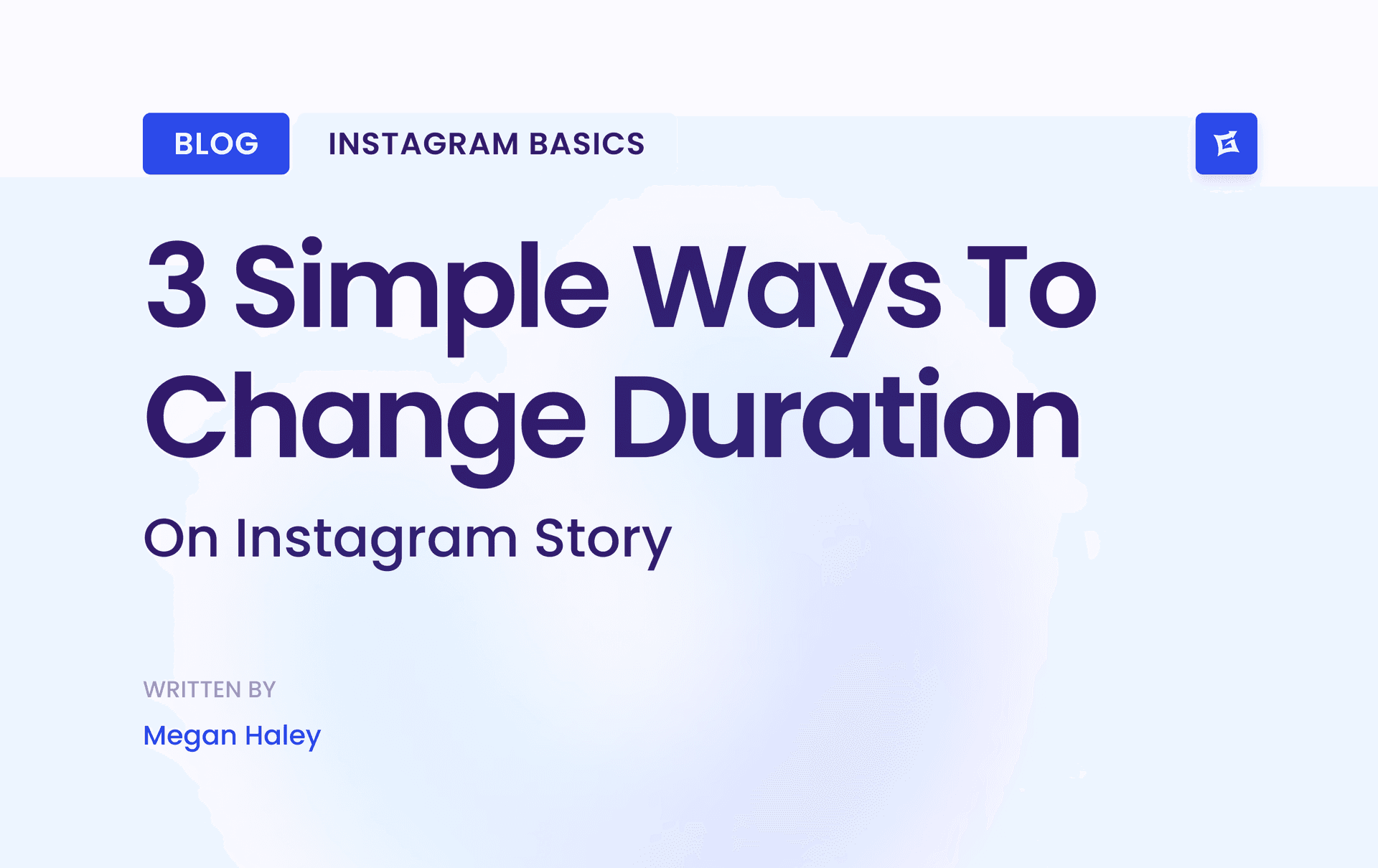
.png&w=1920&q=75&dpl=dpl_9XSWKBjhcBN6v6b1SN7m3p1WWjfr)
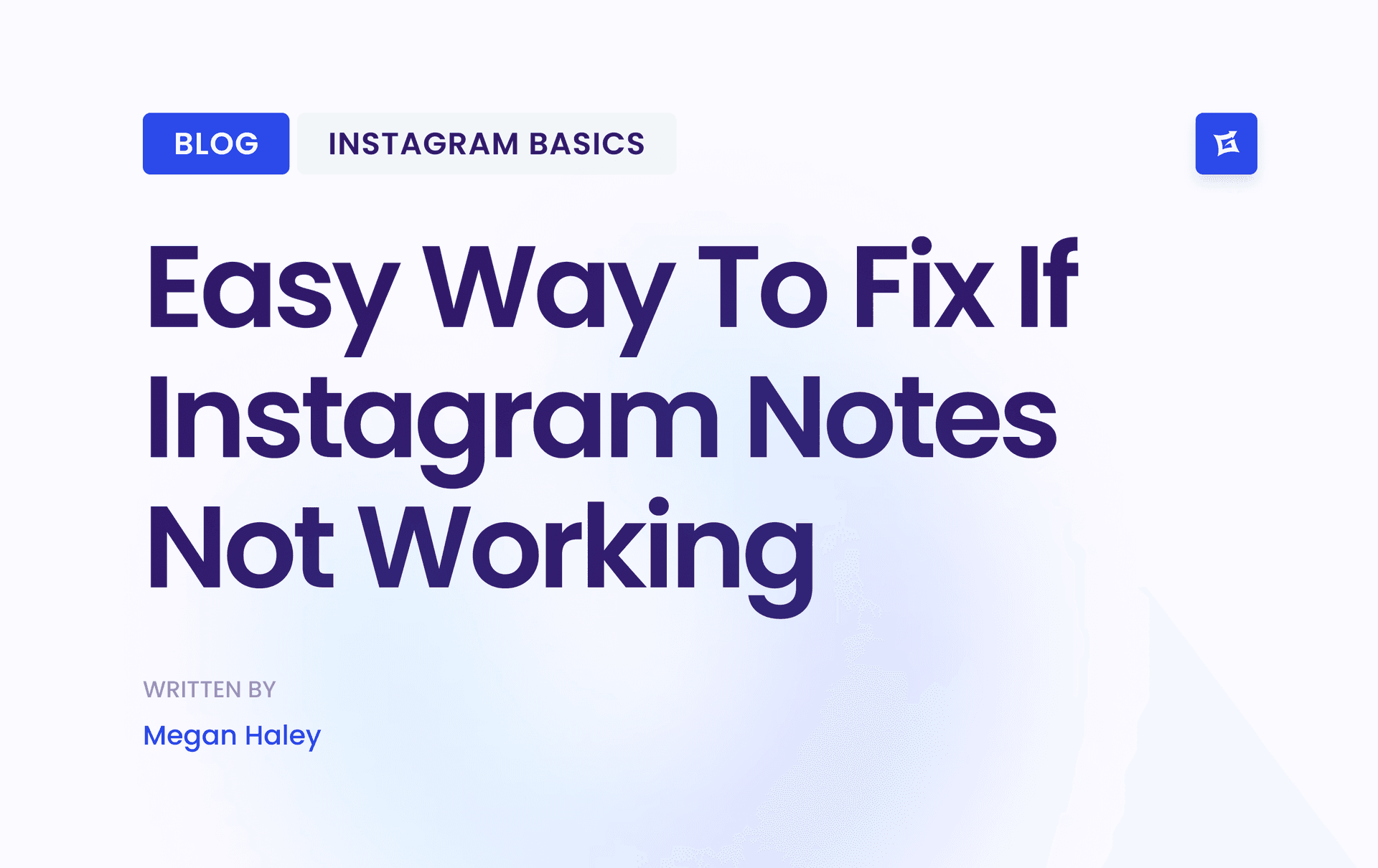
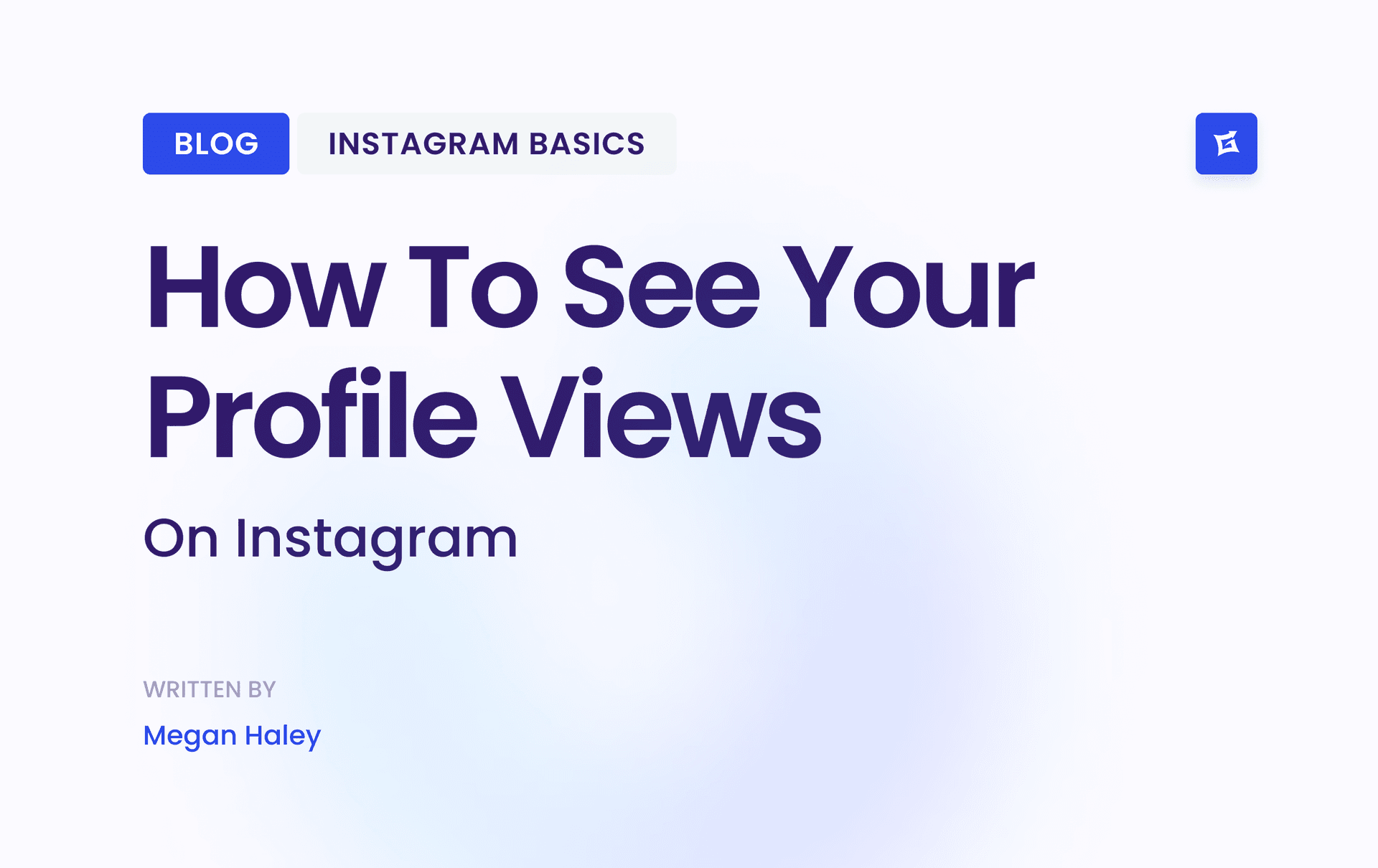
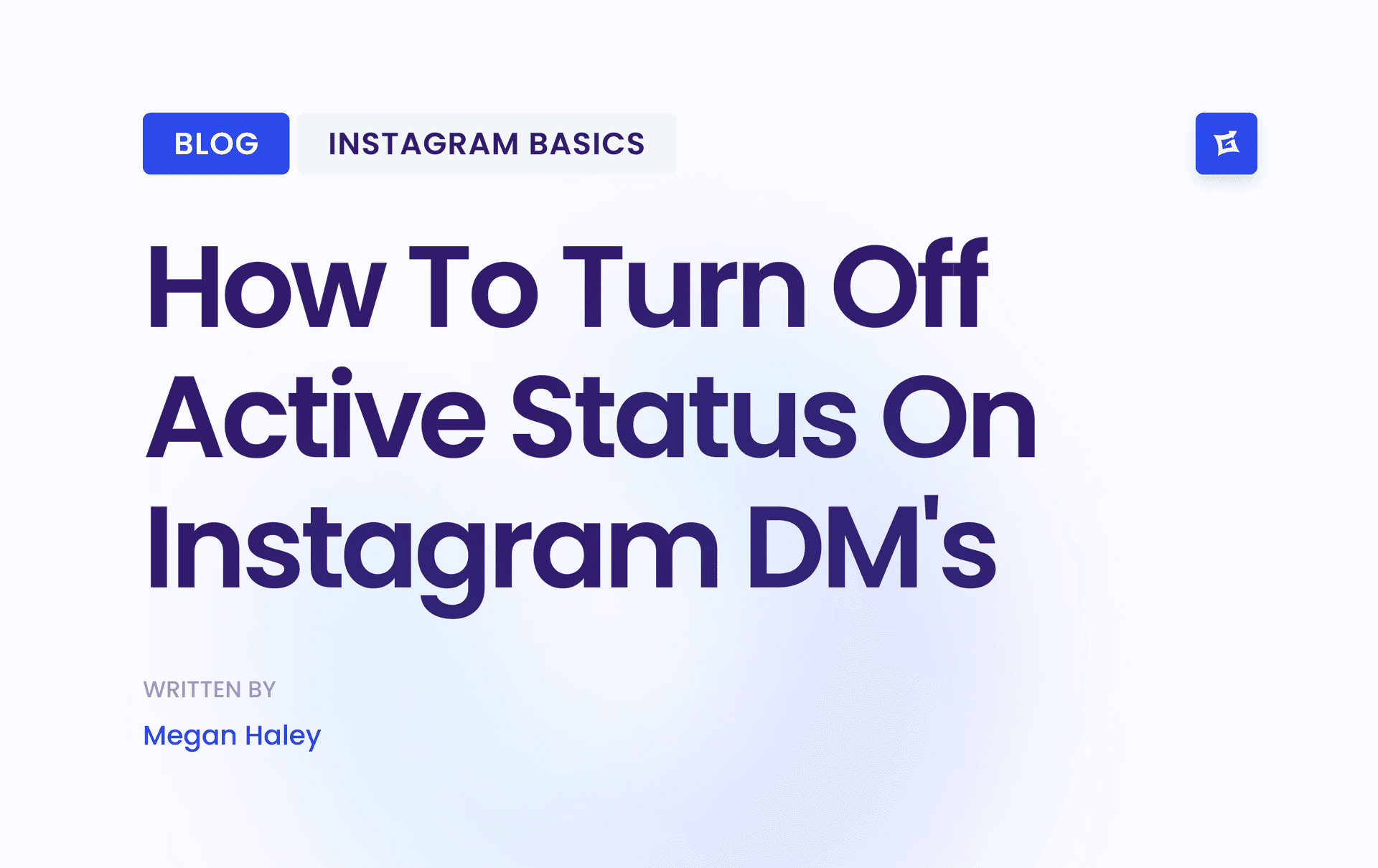
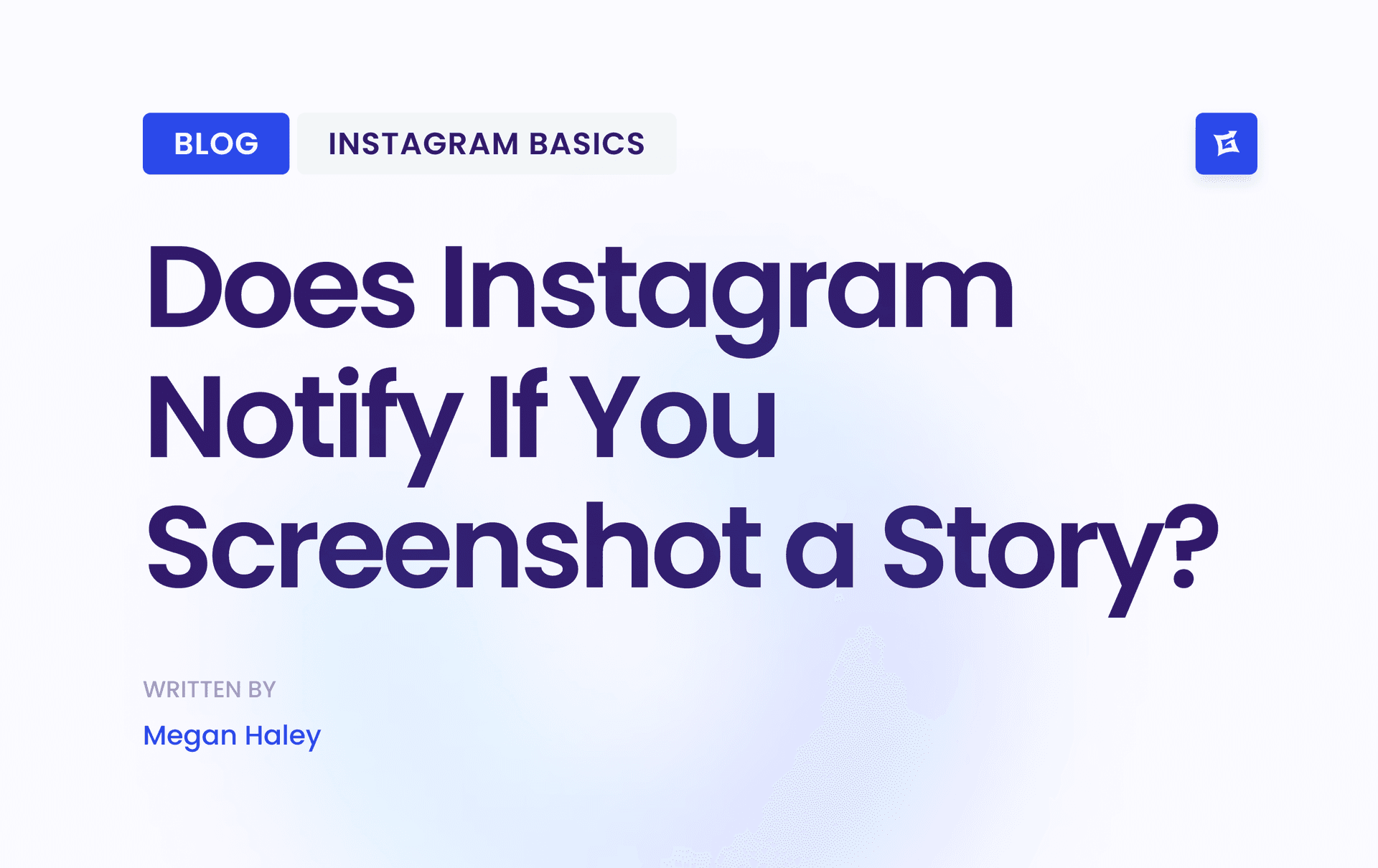



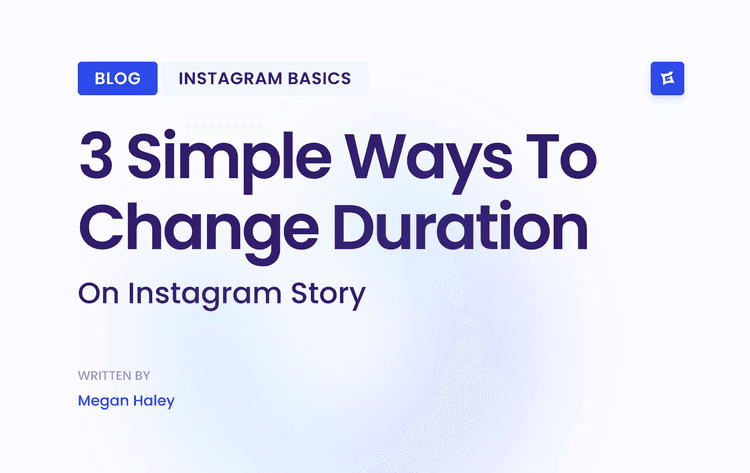
.png&w=750&q=75&dpl=dpl_9XSWKBjhcBN6v6b1SN7m3p1WWjfr)
